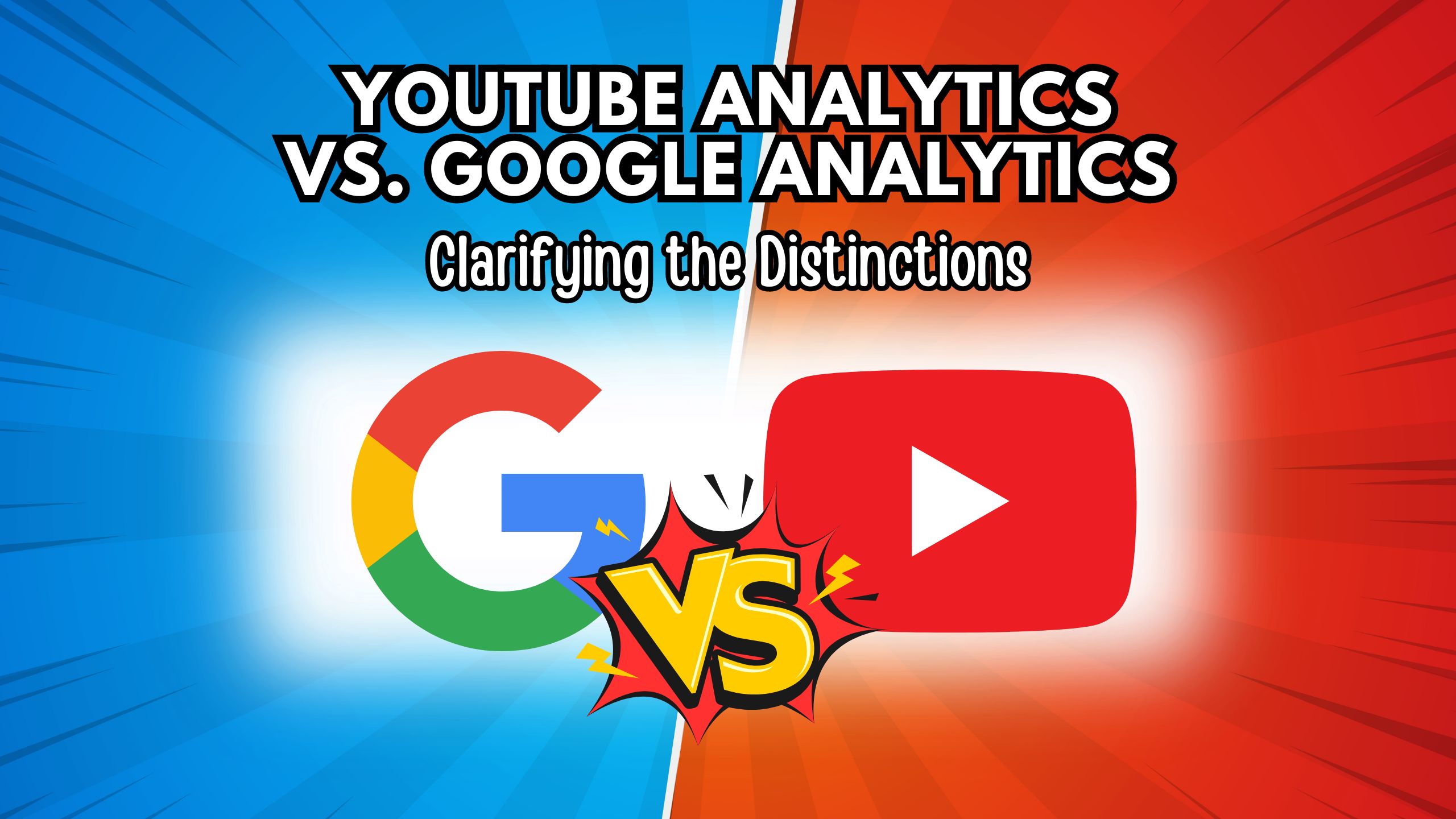YouTube Analytics vs. Google Analytics: Clarifying the Distinctions
- Data as a Service (DaaS) Software Marketing & Analytics


YouTube Analytics vs. Google Analytics: Clarifying the Distinctions
YouTube Analytics and Google Analytics are two powerful tools, each serving distinct purposes. As digital landscapes evolve, businesses often find themselves at a crossroads when it comes to understanding and harnessing the potential of these analytics platforms. In this article, we delve into the nuances that differentiate YouTube Analytics and Google Analytics, providing clarity to a common query: Is YouTube Analytics Google Analytics?
YouTube Analytics
YouTube Analytics is a robust tool tailored for content creators and marketers leveraging the power of video. It offers insights into video performance, audience demographics, and engagement metrics. However, it’s crucial to note that YouTube Analytics and Google Analytics are separate entities, each focusing on specific aspects of online presence.
Google Analytics
On the other hand, Google Analytics is a comprehensive web analytics service by Google, designed to track and report website traffic. It provides invaluable data on user behavior, conversions, and site performance. While both platforms offer analytics, their scope and application differ significantly.
Relevant SaaS Products
To navigate the complexities of SaaS tools, consider the following platforms that complement YouTube Analytics and Google Analytics:
- Databox: Databox aggregates data from various sources, providing a unified dashboard for easy monitoring of analytics across platforms.
- Zoho Analytics: Zoho Analytics is a business intelligence tool that helps in-depth analysis of data, aiding strategic decision-making.
- Klipfolio: Klipfolio allows the creation of custom dashboards, facilitating a visual representation of key metrics from different analytics tools.
- Segment: Segment simplifies data collection and integration, ensuring seamless communication between various analytics and marketing tools.
- Hotjar: Hotjar provides insights into user behavior on websites through heatmaps, session recordings, and surveys.
Conclusion
In conclusion, while YouTube Analytics and Google Analytics share the analytics realm, they cater to distinct needs. Understanding these differences is pivotal for businesses aiming to harness the full potential of their online presence.
Ignite Your SaaS Experience!
Revolutionize your SaaS experience with Subscribed.fyi! Dive into exclusive member-only deals, effortlessly manage subscriptions, and gain comprehensive insights into the best SaaS tools. Your secret deals and ultimate subscription management solution await—Sign up for Free Now!





